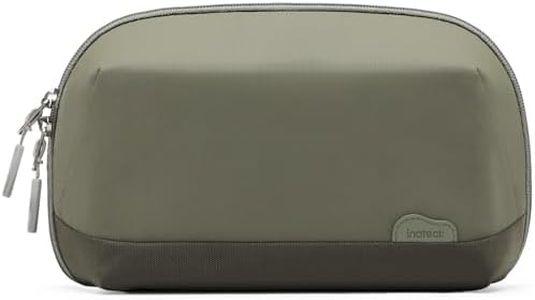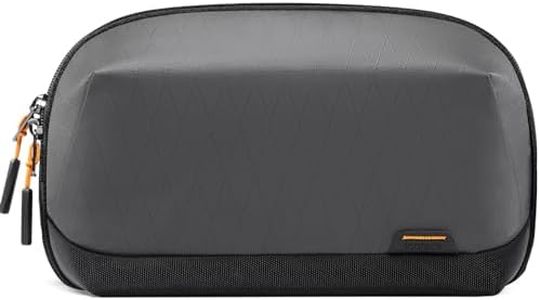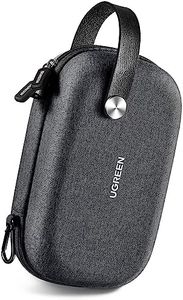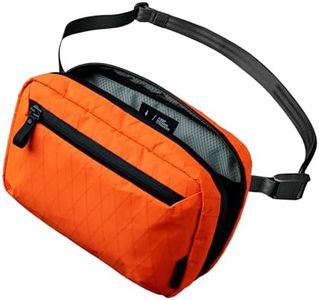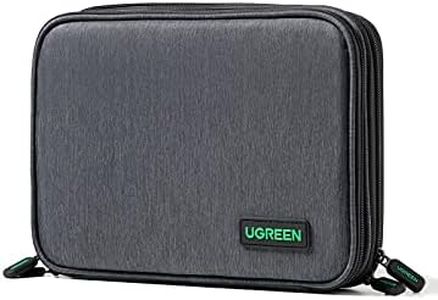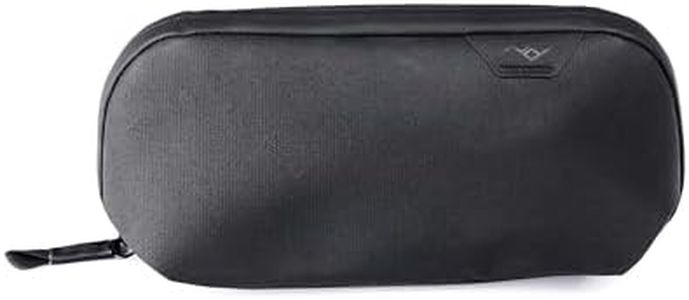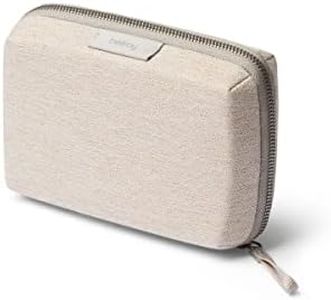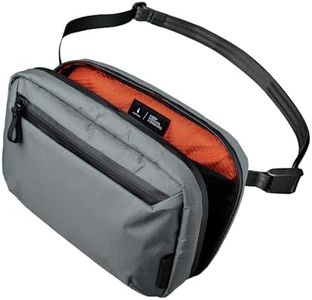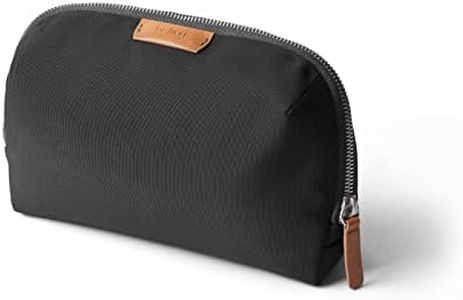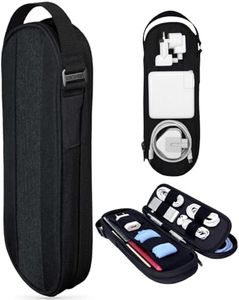We Use CookiesWe use cookies to enhance the security, performance,
functionality and for analytical and promotional activities. By continuing to browse this site you
are agreeing to our privacy policy
10 Best Travel Tech Organizer
From leading brands and best sellers available on the web.By clicking on a link to a third party's website, log data is shared with that third party.
Buying Guide for the Best Travel Tech Organizer
Choosing a travel tech organizer is about finding the right balance between storage space, organization features, and portability, so you can keep all your electronic essentials neat and easily accessible while on the move. Before making a purchase, consider the types and sizes of gadgets you typically carry, your style of packing (minimalist or thorough), and how often you'll be accessing your tech gear during your travels. The right organizer should make your travel life easier and not add unnecessary bulk or frustration when searching for cables or devices.Size and CapacitySize and capacity refer to how much the organizer can hold and its overall dimensions. This is important because it determines whether your essential gadgets and accessories will fit, and whether the organizer itself will fit inside your travel bag or backpack. Organizers come in compact, medium, and large sizes. Compact organizers are great for just a few cables, a charger, and maybe earbuds—perfect for short trips or light packers. Medium sizes can handle power banks, multiple cables, adapters, and sometimes a small tablet, making them the choice for most tech-savvy travelers. Large organizers are best if you need to carry multiple devices or like having extras, but can become bulky. Assess what you bring on average and choose a size that snuggly fits your regular items with a bit of space for flexibility.
Compartments and LayoutCompartments and layout describe how the organizer's interior is divided up to store and secure your items. This matters because an organized interior prevents items from tangling or getting lost, and helps you access your gear quickly. Some organizers use elastic loops, mesh pockets, zipped sections, or adjustable dividers. Simple layouts with just a few pockets are ideal for those carrying minimal gear. More complex layouts, featuring a mix of pockets and loops, are suited for people with lots of small accessories, like memory cards or charging blocks. Think about your organization style—if you like everything visible and separated, opt for multiple compartments; if you prefer fewer sections, a basic layout will work.
Material and DurabilityMaterial and durability refer to what the organizer is made of and how well it stands up to travel. This is crucial for protecting your electronics from daily bumps, spills, or rough handling. Organizers are typically made from nylon, polyester, leather, or a blend, and some offer water-resistant coatings. Lightweight fabrics like nylon are easy to carry and resist water, while leather adds a premium feel and extra protection. If your travels are often outdoors or in uncertain weather, prioritize water-resistant or padded materials. For daily use in controlled environments, lighter or sleeker materials are sufficient. Choose a material that matches your protection needs and your travel style.
Closure SystemThe closure system is how the organizer stays shut—typically zippers, magnetic flaps, or snap buttons. It's important because it affects both the security of your items and ease of access. Zippers offer the most secure closure and are ideal for those carrying a lot of small items that might fall out. Magnetic flaps or snap buttons offer faster access but can sometimes open accidentally if overstuffed. If you need peace of mind that nothing will slip out, choose a zippered organizer. If you're mainly carrying bigger, less-likely-to-fall items, a flap style may suit you.
Portability and WeightPortability and weight refer to how easy the organizer is to carry along with your other bags. This is important to ensure your travel load doesn’t become cumbersome. Slim and lightweight organizers slip smoothly into backpacks or even carry-on luggage and are suited to those who favor mobility. Heavier or bulkier models provide more protection but take up more space. Pick an organizer that matches how much gear you have and how you like to carry your bags—if you walk a lot or value lighter loads, stick to slimmer, lighter models.

